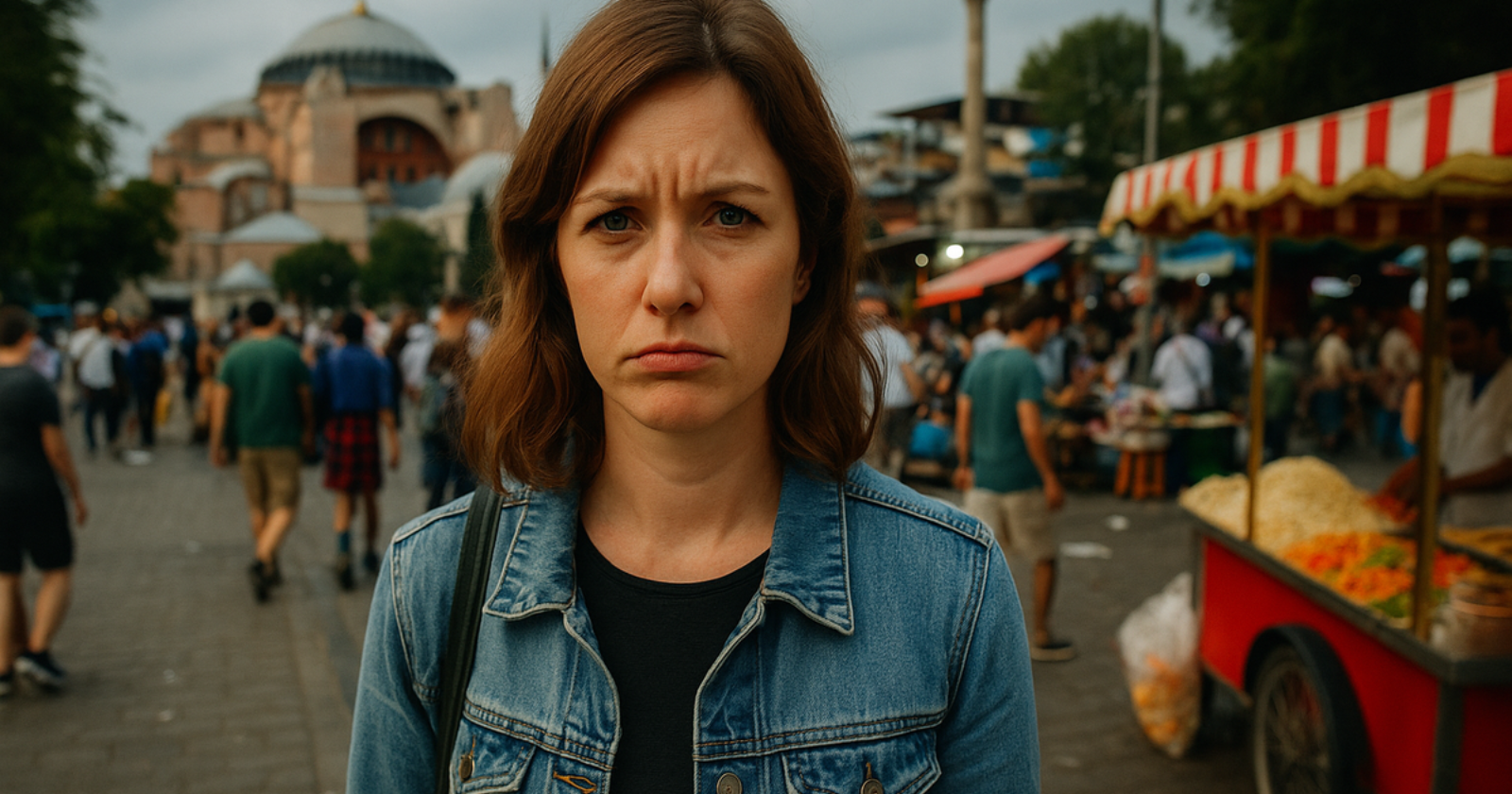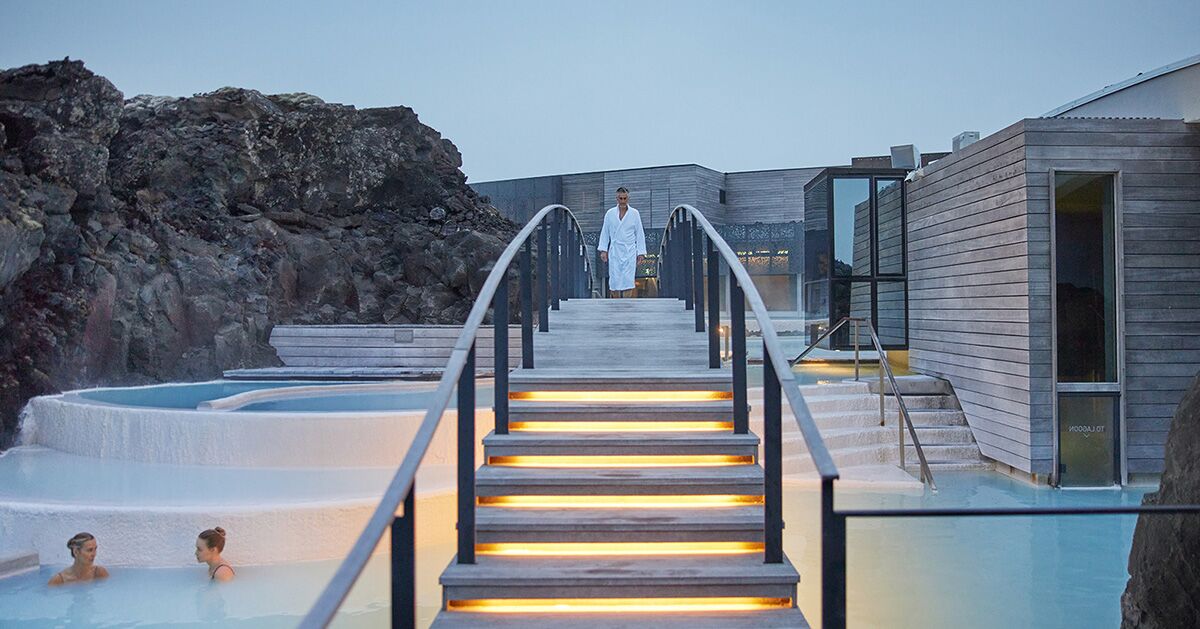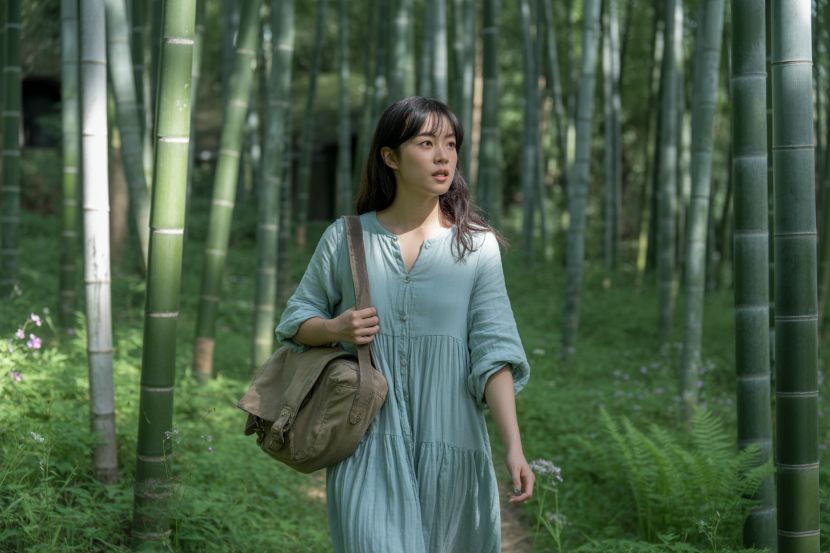As a solo female traveler who’s been to 30+ countries, these are the places I’ll never go back to (despite Instagram hype)

I travel alone a lot. I also love color-saturated feeds and wide-angle beach shots as much as the next person.
But after a decade on the road and 30+ countries, I’ve learned that a stunning photo can hide stressors that solo travelers—especially women—end up navigating in real time: late-night logistics, crowd dynamics, catcalling, over-tourism fatigue, sky-high “Instagram taxes,” and, sometimes, the uneasy feeling that our presence is making locals’ lives harder.
This isn’t a universal truth list; it’s my personal “won’t return” file, built from first-hand experience. I’m sharing the why—and nearby alternatives that delivered the vibe without the burnout.
Tulum, Mexico: beach chic with a burnout tax
Tulum is objectively gorgeous. It also asked me to carry cash for everything, budget for generator-powered beach clubs, and accept that the “boho” quiet of the morning turns into thumping bass by noon.
As a solo woman, the commute between town and beach after dark required more planning than it should have, and prices at “eco” hotels often felt out of step with what was actually on the ground (spotty water pressure, thin locks, sand-in-everything 24/7).
Add the sargassum surprise that can transform turquoise to brown overnight, and you’ve got a high-variance vacation.
I had great tacos and a couple of sweet conversations with shop owners—then left feeling like I’d paid luxury rates to play inconvenience roulette.
What I do instead: Valladolid and Bacalar. Valladolid keeps the color and cenotes with calmer nights; Bacalar’s lagoon has the blues you came for, minus the club-scene markup.
Santorini, Greece (in peak season): magical light, zero elbow room
The island at sunset is a poem. The hours before that can feel like a group project you didn’t sign up for.
Cruise-day crowds turned Oia’s lanes into one-way queues; restaurant staff were lovely but hurried; buses ran full; and photographing anything without six selfie sticks in frame was a sport.
As a solo traveler, jostling for railings at blue-dome viewpoints meant constantly negotiating personal space. I left grateful for the caldera—and equally grateful to board the ferry.
What I do instead: Naxos, Paros, or Milos in shoulder season. Still Greek-island gorgeous, still whitewashed alleys, far less crowd management. I plan for May–June or mid-September and breathe again.
Canggu, Bali: smoothie bowls meet scooter gridlock
I arrived for yoga and ocean air. I got strong coffee, strong flows—and stronger exhaust. Canggu is built for scooters; sidewalks disappear, and crossing shortcuts often means inching along roads without shoulders.
Daylight felt fine; late evenings felt like constant calculus (helmet, route, lighting, where do I park, what’s my backup?).
The cafés are fun and the plant-based scene is real; the infrastructure strain is, too. After a week, the cognitive load outweighed the therapy of coconut-everything breakfasts.
What I do instead: Ubud’s walkable pockets and Sidemen’s rice terraces. You still get temples, classes, and phenomenal vegan eats, with less traffic anxiety.
Venice, Italy: dreamscape turned museum line
Yes, the canals are a miracle. They’re also delicate, and certain days felt more like I was inside a living museum than a living city.
Prices in tourist-dense zones crept up for average meals, and as a solo traveler, the constant “menu coaxing” and selfie-stick vendors made ambling less meditative.
Early mornings were bliss—then the day-tripper wave hit and choice evaporated: either get lost in the back alleys (lovely) or swim upstream (not lovely).
What I do instead: Vicenza and Padua for art and aperitivo, Trieste for sea-meets-Mitteleuropa vibes. I’ll still change trains in Venezia Santa Lucia to watch the water glitter—then keep going.
Phi Phi Islands, Thailand: postcard water, fragile reality
The water is as blue as you’ve imagined; the reality on the most famous beaches is managing boat traffic, speaker boats, and a lot of “same-same” party energy.
I went early, chose quieter corners, and still felt the tension between paradise and pressure.
As a solo traveler, nights were either raucous or very quiet with limited in-between—a tricky social middle ground if you’re not there to party but also don’t want to eat alone every night.
What I do instead: Koh Lanta for a calmer social mix; Railay for cliffs and kayaks with easier retreat to silence; day trips with operators who cap group size and skip the megaphone soundtrack.
Marrakech medina, Morocco: intoxicating, intense—and not for me alone at night
I loved the architecture, mint tea, and morning light in the riads. I did not love dusk-to-night navigation as a solo woman.
Vendors were mostly respectful, but the frequency of “hello…where you go?” and unsolicited guiding ratcheted up after dark, and a few alleys felt like coin-flip choices without a GPS that works inside thick walls.
Daytime food tours were a joy; night walks took more adrenaline than I want on vacation.
What I do instead: Essaouira’s medina: sea breeze, gentler pace, still-vibrant souks. In Marrakech, I’d return with a friend or keep activities daylight-anchored.
Dubrovnik Old Town (July/August): cinematic crush
I came for “Game of Thrones” beauty and sea-wall walks; I stayed for sunrise, then hid at noon.
The afternoon crush inside the walls made simple things—like finding a shaded bench or a quiet lunch—hard. I felt perfectly safe; I also felt the constant friction of crowd choreography.
What I do instead: Split for a still-lively waterfront and more local neighborhoods; Šibenik or Korčula in shoulder season for history with oxygen.
The common threads I watch for now
Coming home with a “never again” verdict usually had less to do with a single bad moment and more to do with friction accumulating hour by hour.
I look for 3 things before I book:
-
Crowd rhythm: Is there a realistic off-peak window each day, or is the whole place on a shared timetable (cruise schedules, beach-club openings) that compresses everyone into the same lanes? If there’s no breathing space baked in, I pass.
-
Solo flow: Can I walk after dark without running a logistical gauntlet (unlit stretches, scarce transit, patchy sidewalks)? If routine errands raise my heart rate, I’ll pick a different base.
-
Hype-to-value ratio: Am I paying “viral view” pricing for under-maintained basics (water, AC, soundproofing, trash pickup)? If yes, I redirect the budget to a neighbor city where cafés and guesthouses are thrilled—not strained—to host me.
How I still get the vibe—without the headache
I don’t believe in “never” for everyone — I believe in trip design.
Here’s what keeps the magic and dials down the cortisol for me:
- I travel shoulder season whenever possible
- I anchor days around early mornings (the city belongs to you at 7 a.m.)
- I book centrally but on a quiet street
- I give myself one “Instagram hit” and three “ordinary joys” per day (a bakery, a park bench, a neighborhood market).
I also build an exit option into every night plan: a restaurant I can walk to if the first one feels off, a taxi budget if the alley gets weird, a podcast in my pocket if I want to eat solo and savour the food anyway.
Every place on this list is beloved by someone—and often for good reason. Many locals depend on our visits.
My decision not to return is about fit: the overlap between my values (planet-first choices, slower mornings, walking cities), my nervous system (low tolerance for shoulder-to-shoulder sightseeing), and my safety comfort as a solo woman.
If your calculus is different, you might have a wonderful time where I didn’t.
Travel is personal — it should be. My wish is that glossy squares make space for nuance: sometimes the best version of a dream is the town next door.
link




:max_bytes(150000):strip_icc()/tal-stasher-beauty-4-pack-danielle-calma-05-1-57fd8bcf49a34029a054ca2292d3f221.jpeg)


